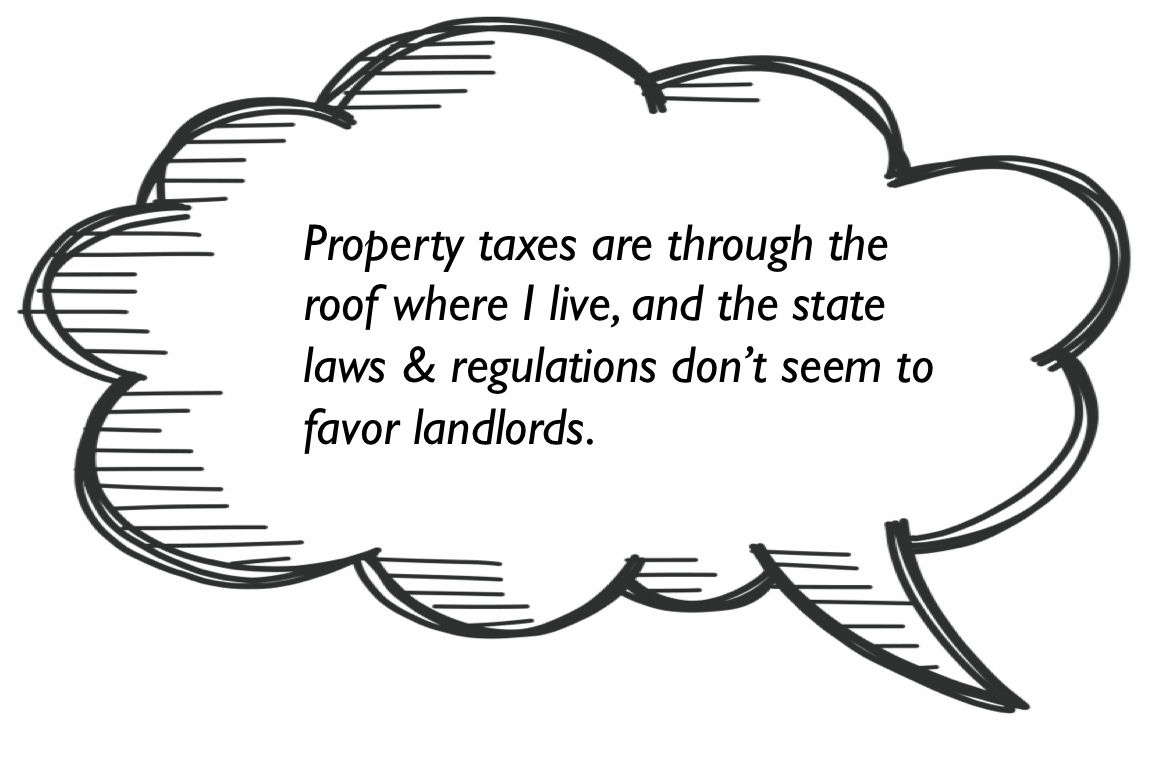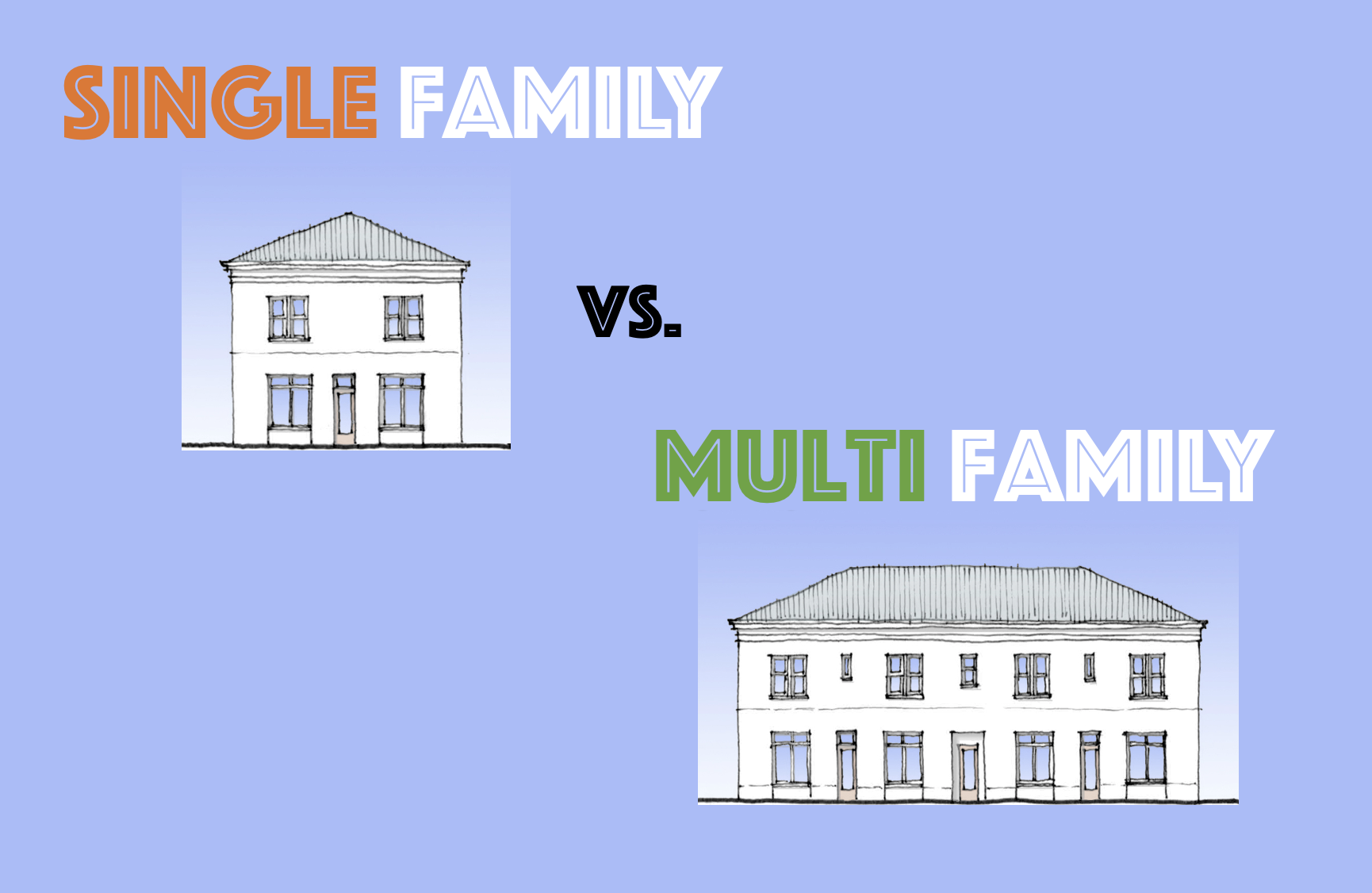Remote Rental Properties Are Easier Than You Think
Last updated: 2023
I’ve been writing and talking publicly about my rental properties for a good while now, and I aim to be very transparent about it. My origin story makes clear that I live in New York and invest in Memphis, and that I used this out of state investment model to generate passive cash flow and quit my office job. I even publish my portfolio’s monthly numbers in detail. So there shouldn’t be much question about what I’m doing, or that it works.
Still, when people learn that I own 25 rental properties half-way across the country, I usually hear things like this:
“You’ve never seen your properties in person?”
“That seems risky. I would have to see a house before buying it. I want to walk through it, really experience it – kick the tires, you know?”
“I know my local area well, so that’s where I’m most comfortable investing.”
“I was told that you should never buy rental properties more than 30 minutes away.”
“I know a local broker who is helping me find great deals in my area.”
“Wait – so you’ve really never seen your properties in person? Seriously? Never?!?”
(For the record, nope – I’ve never seen them in person. And I probably never will.)
There are a lot of misconceptions out there about remote rental property investing. The goal of this article is to set the record straight. I’ll break the post into two large sections:
The reasons why many investors look out of state for their rental properties – and why you may want to do the same.
A rebuttal of the most common objections and limiting thoughts that lead some investors to think (incorrectly) that out of state investing won’t work.
Why Invest in Remote Rental Properties?
There are a number of very good reasons to invest out of state – but all of them boil down to one essential truth: it’s very unlikely that the market that BEST suits your investment goals happens to be sitting in your backyard. That’s why investors (like me!) are increasingly looking to remote markets to find rental investments that work better for them.
Here are the FOUR main factors that drive rental property investors out of their local markets. If any of these sound familiar, you may also want to look farther afield:
Reason #1: Better Returns
This is the most common driver of out of state investing. If you live in an expensive market, it will be hard to find deals that cash flow strongly. You might still invest for appreciation, but this is always more speculative.
With rental properties, cash flow is king – and to win those kingly prizes, you may have to venture out of state into secondary and tertiary markets.
Reason #2: Lower Barrier to Entry
In addition to stronger cash returns, markets with lower home prices also have a lower barrier to entry for getting started in real estate investing. In many markets, you can buy your first home with as little as $20K.
As an example, when I bought Memphis Property #17, I only put ~$20K into the deal. (A more typical amount is $30K-$35K.)
Reason #3: State Taxes & Laws
Allowing yourself to consider all markets across the country gives you the ability to select for lower property taxes and more landlord-friendly laws, which can make a big difference.
For a fuller discussion of state taxes & laws, along with helpful maps showing income and property tax rates by state, check out my article on how to select a rental property market.
Reason #4: Other Stuff
Maybe your market is shrinking or losing jobs. Maybe it’s prone to flooding & storms. Or there aren’t enough renters. Or it’s too small to have a mature, professional property manager.
Whatever the problem is, out of state investing allows you to find a market that best matches your investment goals, and meets the criteria that are most important to you.
Common Objections to Remote Rental Properties
At this point, you may be thinking this sounds A LOT like you, and perhaps you SHOULD be thinking about out of state investing. Even so, you may still have lingering doubts about if and how it will actually work.
That’s perfectly understandable – it can feel like leaping into the great unknown, but I’m here to help. I’ve heard all the objections, so let’s line ‘em up and knock ‘em down! Here are SIX of the most common ones:
Objection #1: Have to See It First
You buy it the regular way: you make an offer; it’s accepted; you close. Pretty simple. (The closing paperwork is done by mail with the help of a “mobile notary”, btw. It’s easy. And neat!)
You also have lots of photos to look at, along with a floor plan. You have a full inspection report to review. You can walk the neighborhood using Google Street View. Unless you have x-ray vision, it’s going to look in person just like it does on your computer screen.
To me, this is akin to someone saying “how could I ever buy a company’s stock without visiting their corporate office, and speaking directly to the CEO?” And the answer is the same: you make your decisions based on the available data and information, which is more than sufficient.
Objection #2: Don’t Know the Neighborhoods
First of all, if you’re looking for the next hot neighborhood, you’re more a speculator than an investor. Who knows where home prices will appreciate? Anyone who tells you they know for sure is trying to sell you something.
Again, cash flow is king, which makes price-to-rent ratio the most important things to know about a neighborhood — and you can get that from Zillow, among other sources.
Don’t get me wrong – local knowledge is not a BAD thing. But you can learn a lot about a market’s neighborhoods by examining publicly available data, and networking with local experts, particularly property managers. Here’s the article I wrote on how to identify A, B, C, and D neighborhoods (in ANY market) and choose your ideal niche as an investor.
Objection #3: Won’t Be Able to Find Deals
It helps to be on the ground if you’re looking for distressed properties to fix up (fix & flip, BRRRR method, etc.) The marketplace for these properties is highly competitive, and isn’t as easy to access from out of state.
But remember that this type of investing is not at all passive – the buying process is completely different, it takes a lot of hustle, and the risks are greater.
My style of investing (and this entire blog) is about passive cash flow. To achieve passive cash flow, you needn’t be local to find deals.
I recommend four primary channels to source deals:
Public (MLS) listings. You can find these on Zillow or other listing sites. You can find both occupied and vacant properties for sale that will make great rentals. (Further reading: the pros and cons of occupied vs. vacant properties.)
Local agent. A local agent can set up automated email alerts so you get new listings in your inbox. Agents may also have access to off-market deals.
Turnkey provider. If you like the turnkey model, get connected to a local provider. You can ask your property manager and agent for recommendations, and/or do your own research online. The turnkey provider will usually have a website showing their inventory of homes; or if not, they can get you on their email list. (Further reading: the benefits and risks of the turnkey model.)
Roofstock. I bought my first property on Roofstock, and I’m a fan. Roofstock is an online marketplace where rental properties are bought and sold. They don’t operate in all markets, but if they do have homes in your chosen market, it’s a good option.
Objection #4: No Confidence in the Returns
As I’ve written before, accurately estimating your returns on a target property – being able to “run the numbers” the right way – is probably the most important skill you will develop as a real estate investor.
Luckily, doing so is not dependent at all on being local. I can easily run the numbers on any property, in any market, using the approach I outline in Running the Numbers Part 1 (estimating rent) and Part 2 (estimating expenses).
Also, I highly recommend you use a well-designed Excel rental calculator. This will save you a ton of time and will ensure that you calculate your cap rate and cash-on-cash returns accurately. And unlike online rental calculators, an Excel tool allows you to save your numbers on your computer, and easily compare target properties side-by-side.
I developed the RIA Property Analyzer to do all of this, and more – I use it nearly every day, and it is the most indispensable tool I have as an investor. You can download it for free!
OR
Objection #5: Too Hard to Manage Remotely
The answer to this is simple: you won’t do any of those things. Your property manager will.
Many new investors don’t fully understand all that a property manager does. (For more on that topic, read this article that reviews all of a property manager’s functions in detail.)
Bottom line: they do nearly everything, which makes having a strong property manager the single most important factor that enables successful (passive) out of state investing.
Objection #6: Don’t Trust Anyone Else
While it’s true that nobody will ever care about your property as much as you do, a professional property manager will actually do many things BETTER than you.
For example, tenant screening and placement is something a lot of small landlords struggle with, and it’s hugely important to your success. But a large, experienced PM has an internal leasing team that does this all day, every day.
And in any case, a PM is the ONLY way to make your properties a passive investment; without a PM, you’ve simply created another job for yourself.
Still, it’s absolutely critical to pick the right property manager. I wrote a full article on this topic, and I also developed a comprehensive PM vetting checklist that can help you thoroughly interview your property manager candidates, and compare them side-by-side.
Conclusion
Once you accept that you can invest in any market across the country, a world of possibilities opens up to you: cheaper homes; better cash flow; lower taxes; friendlier laws & regulations; and more. Limiting yourself to the market where you happen to live cuts you off to all those possibilities.
Ready to look at some out of state markets? Here’s the full article I wrote on market evaluation & selection. You can use this approach to narrow down your search, and ultimately select a market that works best to achieve YOUR investment goals.
Still have questions about how to make out of state investing work for you? Schedule a free coaching consultation, and I’d be happy to discuss your personal goals, and how private coaching might help you get there.
About the Author
Hi, I’m Eric! I used cash-flowing rental properties to leave my corporate career at age 39. I started Rental Income Advisors in 2020 to help other people achieve their own goals through real estate investing.
My blog focuses on learning & education for new investors, and I make numerous tools & resources available for free, including my industry-leading Rental Property Analyzer.
I also now serve as a coach to dozens of private clients starting their own journeys investing in rental properties, and have helped my clients buy millions of dollars (and counting) in real estate. To chat with me about coaching, schedule a free initial consultation.
























